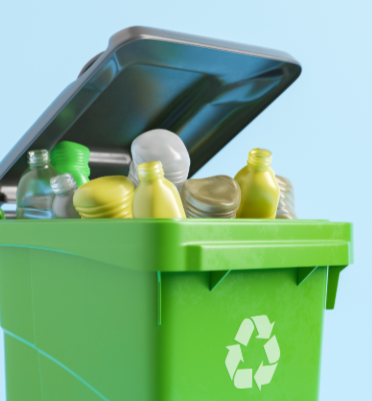Recycle PET – Responsible Plastic Management for a Cleaner Planet
Polyethylene terephthalate (PET) is one of the most commonly used plastics worldwide, found in water bottles, soft drink containers, food packaging, and synthetic fibers. Its lightweight, durable, and recyclable nature makes it an essential material in modern manufacturing. However, improper disposal of recycle PET contributes to environmental pollution, including landfills and ocean contamination. Recycling PET is a responsible method for managing plastic waste, reducing environmental impact, and creating valuable materials for reuse.
Understanding PET
PET is a thermoplastic polymer that can be melted and reshaped without significant degradation, making it ideal for recycling. Its chemical stability, transparency, and strength have led to widespread use in packaging and textiles. Despite its benefits, discarded PET can persist in the environment for decades, creating long-term ecological challenges. Recycling PET helps conserve resources, lower greenhouse gas emissions, and support sustainable manufacturing practices.
Collection and Sorting
The first step in PET recycling is the collection of plastic materials from households, businesses, and industrial sources. Effective collection programs encourage proper disposal and prevent PET from entering landfills or natural habitats. Community recycling initiatives, bottle deposit schemes, and dedicated recycling bins help gather PET efficiently.
After collection, PET is sorted to separate it from other plastics and contaminants. Sorting methods include manual inspection, automated optical sorting, and density-based separation. Clean, sorted PET ensures high-quality recycled material, enabling its use in a variety of applications. Labels, caps, and adhesives are removed during this process to improve the purity of the recycled PET.
Mechanical Recycling of PET
Mechanical recycling is the most widely used method for processing PET. In this process, collected PET is cleaned, shredded into flakes, and melted to form new pellets or fibers. These recycled pellets can then be used to manufacture new bottles, containers, packaging materials, textiles, and industrial products.
Blending recycled PET with virgin material is sometimes necessary to maintain strength and clarity, especially for high-performance applications. Mechanical recycling is cost-effective, energy-efficient, and scalable, making it a practical solution for large volumes of PET waste.
Chemical Recycling of PET
Chemical recycling is an emerging method that breaks down PET into its monomers, which can then be used to produce new PET or other valuable chemicals. Processes such as glycolysis, methanolysis, and hydrolysis enable the conversion of PET back into its original components.
Chemical recycling offers advantages over mechanical methods by allowing the treatment of contaminated or mixed PET that is unsuitable for conventional processing. This method produces high-quality materials equivalent to virgin PET, supporting circular manufacturing practices. While chemical recycling is currently more expensive and energy-intensive, ongoing technological advancements are improving its efficiency and affordability.
Energy Recovery
In cases where recycling is not feasible, PET can be used for energy recovery. Controlled combustion or gasification transforms PET waste into heat, electricity, or fuel. Energy recovery reduces the volume of plastic in landfills while providing a renewable energy source. Although this process does not create reusable plastics, it complements recycling efforts and contributes to sustainable waste management.
Benefits of PET Recycling
Recycling PET provides numerous environmental and economic benefits. It reduces plastic pollution in landfills, oceans, and ecosystems, conserves petroleum resources used in virgin plastic production, and lowers carbon emissions. Recycled PET is a cost-effective raw material for new products, supporting green manufacturing and sustainable production practices.
Conclusion
Recycling PET is an essential component of responsible plastic management, transforming discarded bottles, packaging, and containers into valuable reusable materials. Through mechanical and chemical recycling, as well as energy recovery, PET waste is repurposed efficiently, reducing environmental impact and promoting sustainability. By adopting effective collection, sorting, and recycling practices, communities and industries can create a cleaner planet, conserve resources, and support a circular economy for future generations.

